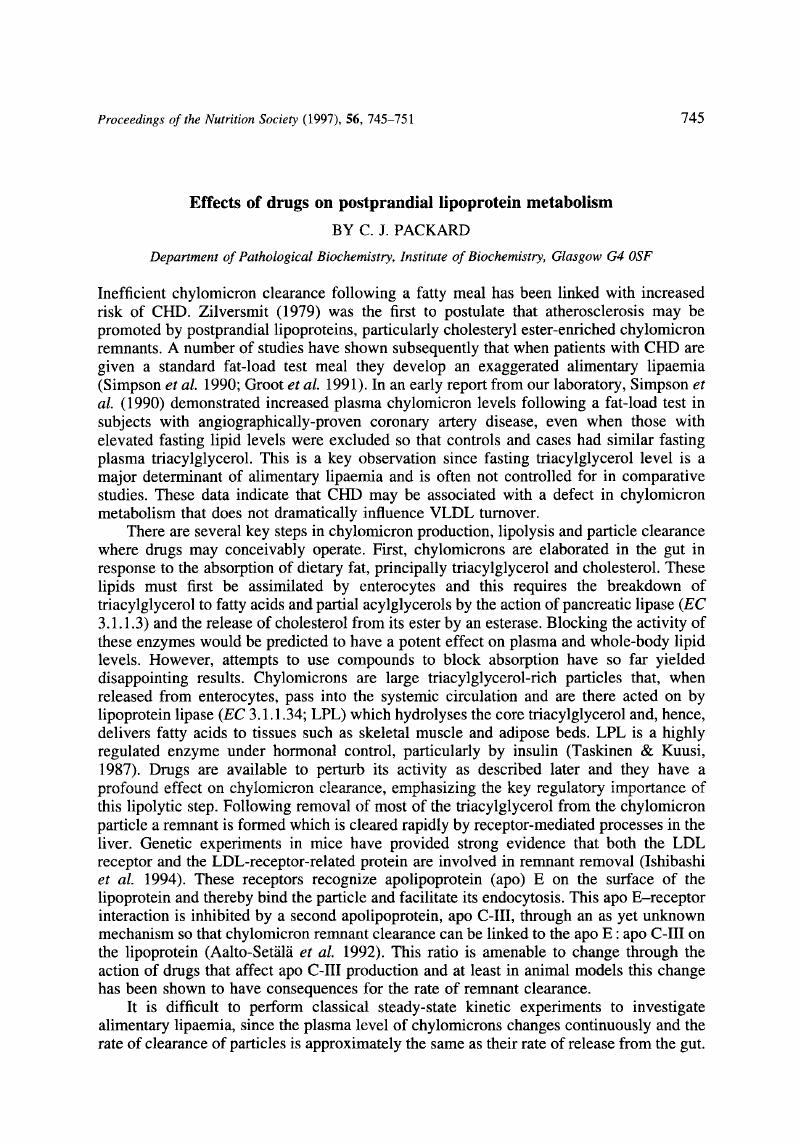Crossref Citations
This article has been cited by the following publications. This list is generated based on data provided by Crossref.
Barrett, P.Hugh R
1998.
Kinetics of triglyceride rich lipoproteins: chylomicrons and very low density lipoproteins.
Atherosclerosis,
Vol. 141,
Issue. ,
p.
S35.
Burnett, John R.
and
Watts, Gerald F.
2001.
Therapeutic considerations for postprandial dyslipidaemia.
Diabetes, Obesity and Metabolism,
Vol. 3,
Issue. 3,
p.
143.
Aoki, Taro
Yoshinaka, Yasunobu
Yamazaki, Hiroyuki
Suzuki, Hideo
Tamaki, Taro
Sato, Fumiyasu
Kitahara, Masaki
and
Saito, Yasushi
2002.
Triglyceride-lowering effect of pitvastatin in a rat model of postprandial lipemia.
European Journal of Pharmacology,
Vol. 444,
Issue. 1-2,
p.
107.



